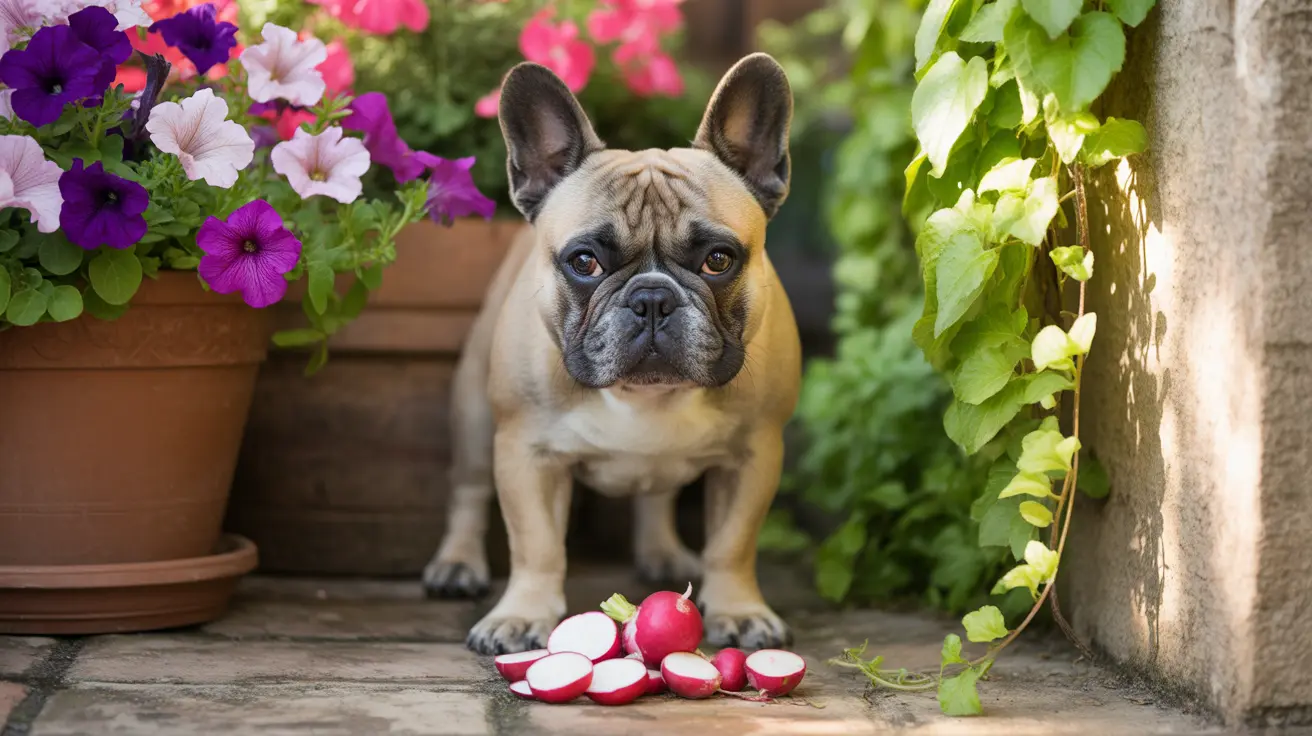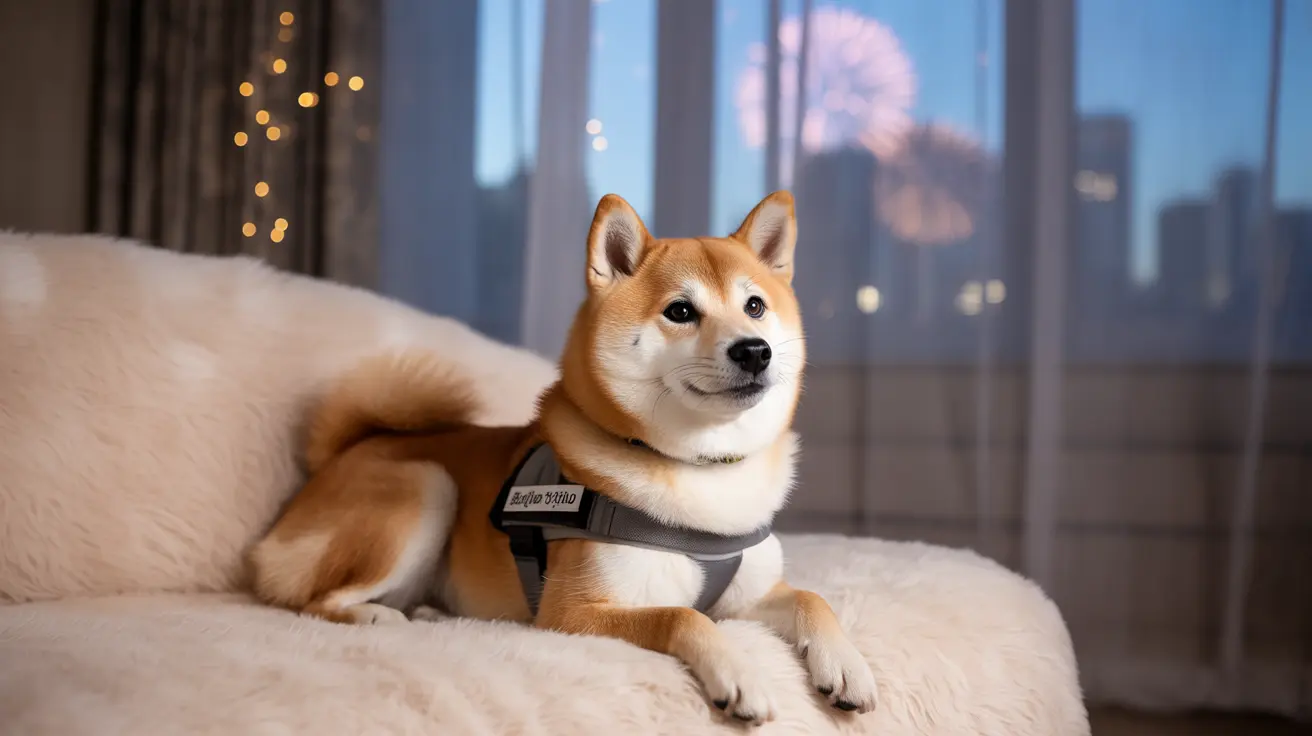How to Say "I Love You" in a Way Your Dog Understands
Dogs don’t process human language the way we do, but they are masters at interpreting body language, vocal tone, and routine behaviors. If you want to say “I love you” to your dog, there are effective ways to communicate that affection so they can truly understand it.
Understanding How Dogs Perceive the World
To effectively show love to a dog, you need to understand how they experience the world. Canine vision differs from human vision significantly.
- Color perception: Dogs are dichromatic—they perceive mostly shades of blue-violet and yellow. Red and green hues appear as shades of gray or brown.
- Visual acuity: Most dogs have a visual acuity around 20/75, meaning their vision is blurrier than humans'. However, motion detection is superior due to rod-dominated retinas.
- Night vision: Dogs possess a tapetum lucidum, a reflective layer behind the retina that enhances their ability to see in low-light conditions.
- Peripheral awareness: Eye placement gives dogs a broader field of view but less depth perception. They detect movement rather than fine detail.
How Dogs Show Affection
Dogs don’t use words—they communicate emotions through actions.
- Eye contact: Prolonged, soft eye contact is a sign of trust and love.
- Following you around: Indicates emotional attachment and an eagerness for companionship.
- Physical closeness: Leaning into you or nuzzling shows affection.
- Tail wagging and relaxed body language: These are positive emotional displays.
Ways to Say "I Love You" to Your Dog
- Use a calm, affectionate tone: Speak gently and positively. Dogs detect emotion in tone rather than vocabulary.
- Gaze into their eyes: Make relaxed eye contact to build trust, triggering the release of oxytocin in both you and your pet.
- Gentle petting and cuddling: Physical touch reassures a dog and strengthens your bond.
- Positive reinforcement: Reward them with treats, praise, or petting when they perform simple actions or behaviors you like.
- Daily routines: Dogs thrive on consistency, so feeding, walking, and playing at predictable times reinforces feelings of security.
- Playtime: Engage in tug-of-war, fetch, or hide-and-seek to connect emotionally.
- Respect their cues: Don’t force affection. Allow dogs time to initiate contact if they’re shy or anxious.
The Science of Canine Emotion
Studies show dogs can form deep social bonds with humans. Oxytocin—the 'love hormone'—is released in both dogs and humans during positive interactions like eye contact or petting. Brain scans of dogs also indicate activity in regions similar to those in human emotion processing during interactions with owners.
Visual Cues and Communication
Because dogs prioritize vision for movement detection, they respond well to human gestures. Training dogs to recognize hand signals or pointing is another way to build a trusting relationship without speech. Dogs can also associate specific postures and facial expressions with praise or disapproval.
Helping Dogs with Visual Differences
Even visually impaired dogs comprehend love through routine, care, and emotional cues. Signs of vision decline include hesitancy in dim light, bumping into objects, or nervousness in unfamiliar settings. Keep a consistent and safe environment, guide with calming touch, and use sound cues to reassure them.
Maintaining Eye Health
- Balanced diet: Nutrients like Vitamin A and omega fatty acids support ocular health.
- Regular checkups: Veterinary exams ensure early detection of eye issues.
- Protect vision: Keep harmful substances away from your pet’s eyes and check for irritation or discharge.
Conclusion
“Saying” I love you to a dog involves more than just words—it’s about consistent, kind actions, attuned observation, and emotional reciprocity. Your dog understands your love through routine, physical affection, vocal tone, and shared experiences. By viewing the world as your dog does, you create an even deeper, trusting connection built on loyalty and mutual respect.





